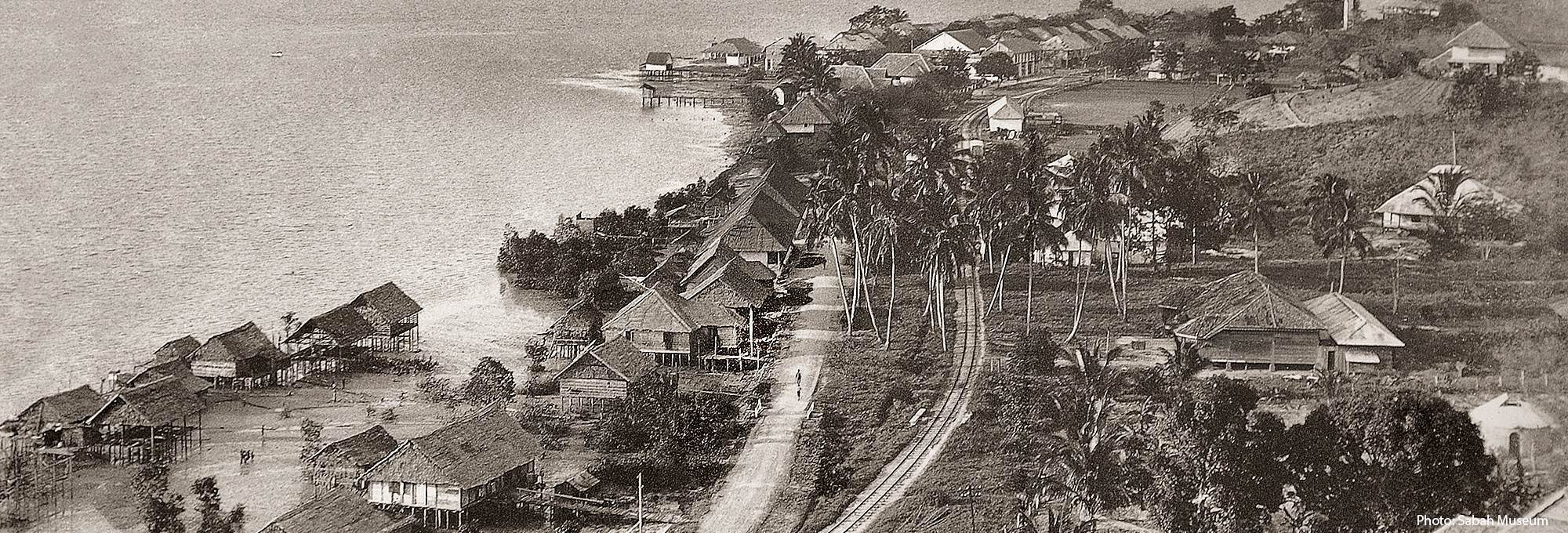Early History
According to ancient Chinese, Indian and Javanese manuscripts, western coastal cities of Borneo had become trading ports, part of their trade routes, since the first millennium. In Chinese manuscripts, gold, camphor, tortoise shells, hornbill ivory, rhinoceros horn, crane crest, beeswax, lakawood (a scented heartwood and root wood of a thick liana, Dalbergia parviflora), dragon’s blood, rattan, edible bird’s nests and various spices were among the most valuable items from Borneo. The Indians named Borneo Suvarnabhumi (the land of gold) and also Karpuradvipa (Camphor Island). The Javanese named Borneo Puradvipa, or Diamond Island. Archaeological findings in the Sarawak river delta reveal that the area was once a thriving trading centre between India and China from the 500’s until about 1300 AD.
One of the earliest evidence of Hindu influence in Southeast Asia were stone pillars which bear inscriptions in the Pallava script found in Kutai along the Mahakam River in East Kalimantan, dating to around the second half of the 300s AD. In the 14th century, almost all coastal parts of Borneo were under the control of Majapahit kingdom and it was called Nusa Tanjungnagara. In the 15th century, the Majapahit rule exerted its influence in Borneo. Princess Junjung Buih, the queen of the Hindu kingdom of Negara married a Javanese prince, Prince Suryanata, and together they ruled the kingdom which is a tributary to the Majapahit Empire (1365).
The Sultanate of Brunei, during its golden age from the 15th century to the 17th century, ruled a large part of northern Borneo. In 1703 the Sultanate of Sulu received North Borneo from the Sultan of Brunei, after Sulu sent aid against a rebellion in Brunei. During the 1450s, Shari’ful Hashem Syed Abu Bakr, an Arab born in Johor, arrived in Sulu from Malacca. In 1457, he founded the Sultanate of Sulu; he then renamed himself “Paduka Maulana Mahasari Sharif Sultan Hashem Abu Bakr”.
Subsequently HM Sultan Jamalul Ahlam Kiram (1863–1881), the 29th reigning Sultan of Sulu, leased North Borneo in 1878 to Gustavus Baron de Overbeck and Alfred Dent, representing the British North Borneo Company in what is now the Malaysian state of Sabah.
In 1842 James Brooke was granted large parts of Sarawak, as a result of helping the governor quell a local rebellion. The Brooke dynasty were to end up ruling Sarawak for a hundred years and became famous as the White Rajahs.
British and Dutch governments signed the Anglo-Dutch Treaty of 1824 to exchange trading ports under their controls and assert spheres of influence, which indirectly set apart the two parts of Borneo into British and Dutch controlled areas. China has had historical trading links with the inhabitants of the island. Some of the Chinese beads and wares found their way deep into the interior of Borneo.

